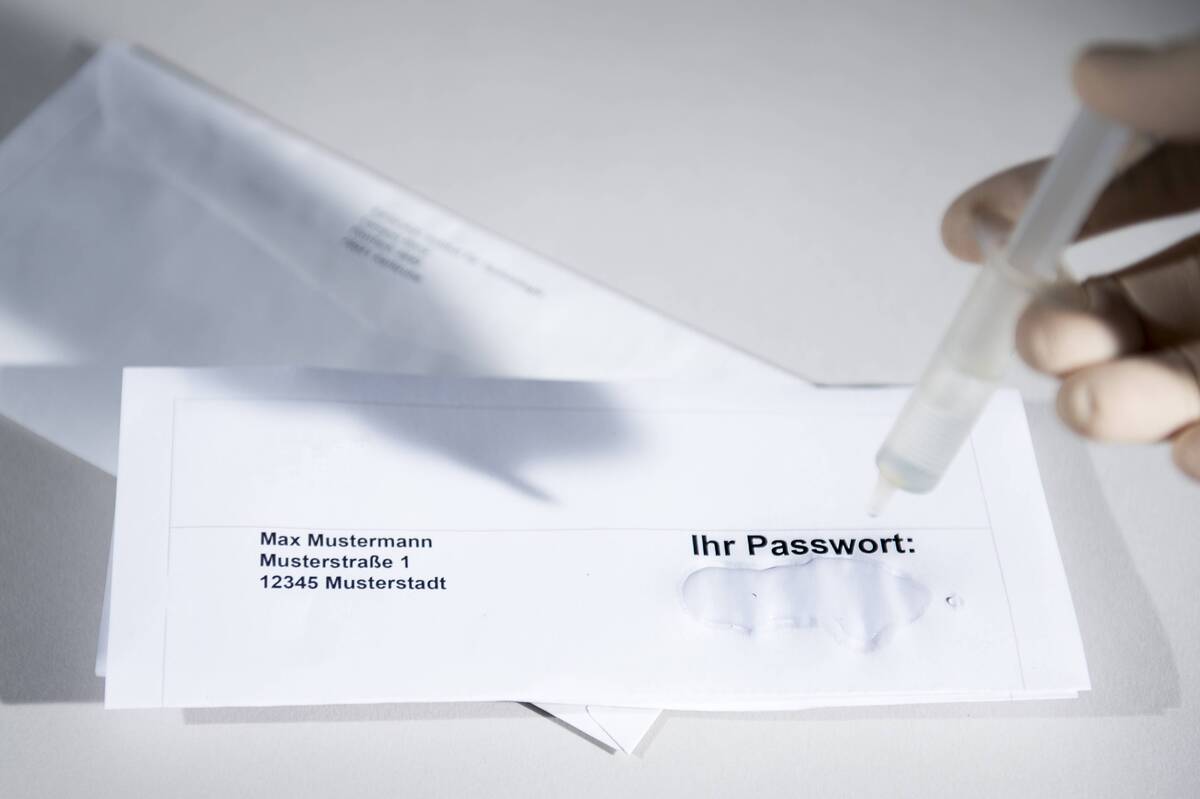Agent 007: Organic Molecules as Bearers of Secrets
In the digital age, security of sensitive information is of utmost importance. Many data are encrypted before they enter the data highway. Mostly, these methods use a password for decryption, and in most cases, exactly this password is the entrance gate for hackers. Scientists of Karlsruhe Institute of Technology (KIT) use a new and highly secure approach by combining computer science with chemistry and a conventional encryption method with a chemical password. Their development is now reported in an open access publication in Nature Communications. (DOI: 10.1038/s41467-018-03784-x).
Today, very good and highly effective encryption programs exist, which are difficult to overcome, provided that the computer capacity is limited. The password, however, always remains the weak point. If it is badly chosen and does not meet the necessary security requirements, it is the Achilles heel of entire encryption. Exactly here is the starting point of work of the scientists of KIT: They conceal the information of the password in a small organic molecule. And while the encrypted digital information can travel publicly, the key to read the information is transported invisibly and without the knowledge of the environment in a form of a small volume of a chemical compound, e.g. as a droplet on paper.
Full Text: Press Release 041/2018
rl, 18.04.2018

